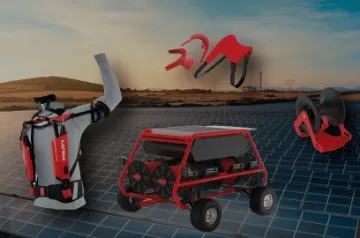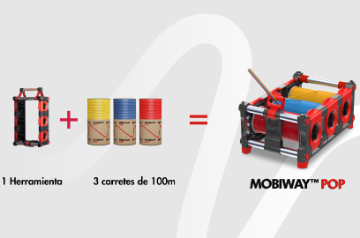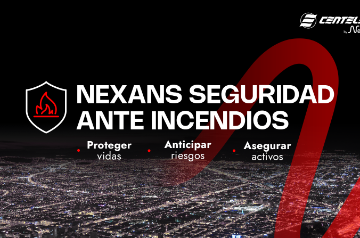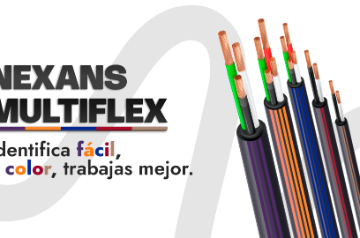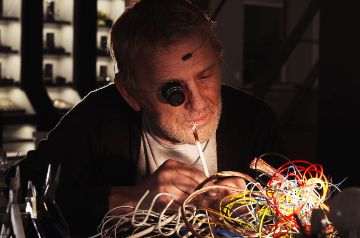- Markets
- Catalogue
- Services and solutions
- Company
- Newsroom
- Tools & Resources
- Documents
- Nexans Insights
- Search
- Contact us
- Compare
- Sign in
Ten technologies to electrify the future: Electrical and Fire Safety

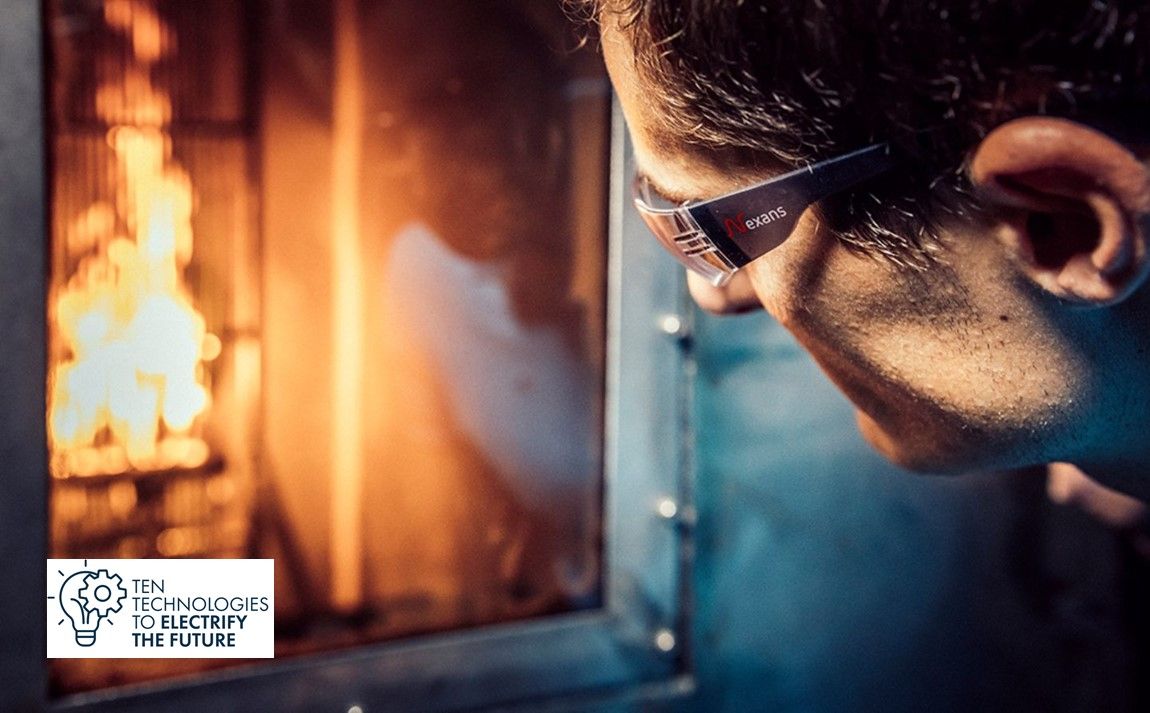
Safe and sustainable electrification is at the heart of our mission
Over 1.1 million fires break out in Europe every year. That’s one fire every 30 seconds. And the human toll is huge: 4,000 fatalities and 134,000 injuries per year. Not to mention the economic impact, with damages running into the billions: in its Global Claims Review 2022, Allianz insurance listed fire as the largest single identified cause of corporate insurance losses, having resulted in more than €18bn worth of insurance claims over five years. Out of those businesses hit by fire, an estimated 70% of them will not restart.
The latest report from the FEEDS (Forum for European Electrical Domestic Safety) shows that more than 25% of fires are caused by electrical failures – mainly due to electric appliances or to obsolete, overloaded installations.
But aging infrastructure is only one part of the story. Accelerated population growth and urbanization around the world mean more people are using electricity every day. At this rate, a 20% increase in demand is expected by 2030, and up to 40% by 2040.
And with new forms of energy use come new risks. From tablets to smartphones, our reliance on electrically powered digital devices is only growing. The rise of new energy usages in building, such as electric vehicles or rooftop solar panels, increases the burden on domestic wiring systems, and the risks related to fire.
This higher electrification has a strong impact: the NFPA (National Fire Protection Association) found out that electrical distribution, lighting, and power transfer equipment accounted for half of home fires involving electrical failure or malfunction. Knowing the devastating impact of fire, such threat requires an adequate answer to protect assets and life.
How do electrical systems contribute to a safer world?
Cables are the electrical backbone of a building, being present everywhere and in large quantities to transport energy and data. They link rooms and floors, go through the walls without interruption, and their number keeps increasing with new energy usages. The fact that they are usually hidden makes it easy to forget their presence. Yet a typical office building will have over 200kg of cables per 100m². It is therefore essential to ensure that cables are as inert as possible when exposed to fire, to avoid spreading flames throughout the building.
Combating fire propagation
Cables do not represent a danger as such, but due to their omnipresence, they can act as fuel for fire and be a vector of flames propagation. A fire that starts in a vertical electrical installation that comprises low-performance cables will reach the first floor of the building in less than three minutes, and will continue to spread with growing speed.
At Nexans, we aim at revolutionizing the safety of buildings, infrastructures and homes, by using our technological expertise to design cables and wires that offer the highest level of performance against fire. Our Nexans Fire Safety offer underlines what can be achieved: thanks to our Low Fire-Hazard cables, smoke emissions, fire propagation and heat release are minimised. Moreover, the cohesiveness of the cable structure is maintained during fire, reducing or eliminating the production of flaming droplets, hence avoiding the start of secondary fires and limiting the risks of injury for firefighters.
All those elements have a major impact on people’s ability to evacuate safely, on time, and with the best possible visibility. In the meantime, low fire-hazard cables facilitate the work of firefighters as they release water when exposed to flame, reducing the fire temperature and diluting combustible gases.
Now a breakthrough to boost the fire performance of cables is in our pipeline. Based on geopolymer technology, this innovation works by creating a hard and hermetic crust around the stranded wires that makes them incombustible. In addition to improving fire resistance, this technology has the benefit of improving the environmental performance of cables by reducing their embodied carbon content – cutting CO2 emissions by 10 to 15% at the manufacturing level.
Smoke reduction during a fire
Smoke and hazardous emissions are the main cause of causalities during an indoor fire, being responsible for 80% of fire-related deaths. Corrosive gases in smoke attack the lungs, as well as the eyes and skin. On top of this, smoke severely limits visibility, making emergency escapes from a building more difficult.
Nexans Fire Safety range is designed to transform fire safety. Our cables minimise smoke emissions, enabling a visibility ten times higher than with traditional designs in the event of a fire – five times higher than the recommended threshold. Furthermore, they reduce the emission of hazardous and corrosive gases, increasing drastically the chance of escape, as well as assisting firefighters as they tackle the blaze.
Fire safety systems
Fire resistant cables play a crucial role in maintaining the continuous operation of fire protection and life safety electrical systems – even when a building is on fire. Minimum durations for maintaining electricity supplies in the event of fire are set out in national regulations. Cables must be capable of performing reliably even in extreme conditions, with temperatures up to 1,000°C, and for a duration up to 120 minutes.
Fire protection and life safety systems include:
- Fire detection systems: smoke detectors, heat detectors, manual call points
- Fire alarm systems: alarms/sounders, and control panels
- Fire protection systems: active (sprinkler) and passive (such as fire walls and fire-rated doors)
- Smoke control systems (pressurisation and extract systems)
- Building egress systems (including exit signage).
Safety system components rely on connection to the power network. Fire resistant cables are often used to provide power, or to make connections between emergency equipment and control panels. When this is the case, they function as “active” elements since they must maintain electrical continuity or transmit a signal for an adequate amount of time.
Three main technologies are used to produce fire resistant cables.
First generation designs were based on copper conductors wrapped with mica tapes and cross-linked polyolefin. In this case, the core technology is the mica, and cable performance is related to its quality, nature, suppliers, and taping.
Second generation cables were based on conductors insulated with silicone rubber. This material has the property of forming a ceramic shield when burned. This maintains high electrical resistance and it is the most common solution for building applications.
For the latest generation of Fire-Resistant cables, we broadened our range with innovative cables based on the patented INFIT™ insulation technology which combines the advantages of both mica and silicone rubber insulation, but without their drawbacks (mica is difficult to strip, while silicone is soft and brittle). INFIT™ fire performances are similar to usual market technologies (silicone rubber or mica tape), but brings exceptional mechanical performance, making the installation easier and creating value with important time-saving and thus cost-saving advantages.
With INFIT™ cables, it is possible to connect all the devices of a fire detection system, including smoke detectors, to ensure that fires are detected and alarms raised. All of this ensures a rapid escape and contributes to effective firefighting.
We focus on your needs
At Nexans, our mission is to provide innovative products and solutions that meet the safety needs of our cable customers. We give our clients the power to design, install and manage their projects with the highest level of safety for your customers. Nexans Fire Safety solutions and services allow to Anticipate fire risks, Secure assets and Protect Life.
We back this up with comprehensive information and advice to help you make informed fire safety decisions – so we can electrify the future with confidence.
Our websites
Select your country to find our products and solutions
-
Africa
- Africa
- Ghana
- Ivory Coast
- Morocco
- North West Africa
- Americas
- Asia
- Europe
- Oceania
